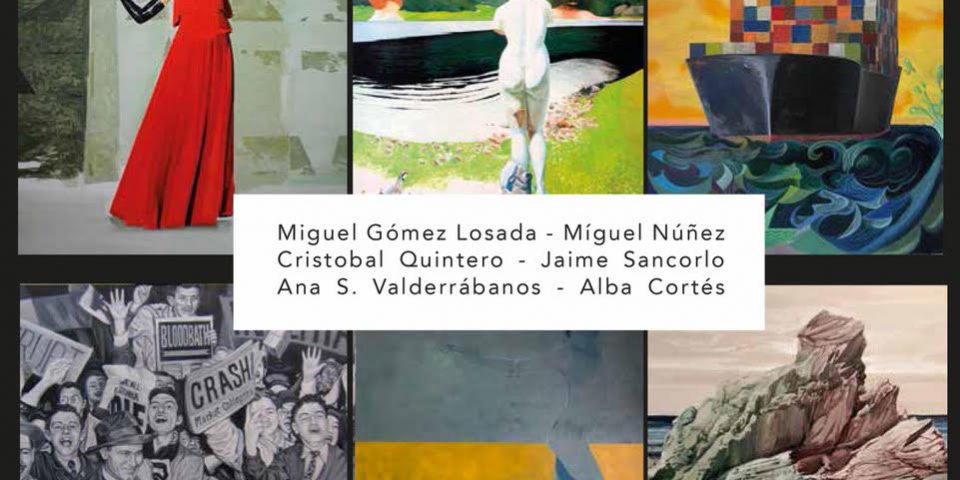EARTH HUNGER II – FIGURATION IN TIMES OF TRANSITION
Es.Arte Gallery, presenta la exposición Tierra de Hambre: La figuración en tiempos de transición, la tercera edición de la colectiva anual que desde 2018 lleva a cabo la galería con un objetivo social: La lucha por la concienciación. (Tierra de Hambre y Be woman & Smile).
La propuesta, resultado de una convocatoria previa, apuesta por vincular la plástica al mensaje y cuenta con la participación de seis artistas, con cuya obra se llevará a cabo un acercamiento al pensamiento actual.
En esta ocasión, y dada la calidad de las propuestas, la exposición Tierra de hambre se dividirá en dos etapas, la primera de ellas, con subtitulo La figuración en tiempos de transición, que se inaugura el 15 de abril, y La abstracción en tiempos de transición, pendiente de definir fecha.
THE BEAUTY SEEKERS
CRITICAL TEXT: Patricia Bueno del Río
In the last year, humanity has been forced to question the hegemonic narratives that envelop the complexity that is ascribed to a process of transition such as the one we are going through.
It is therefore necessary to reflect on the strategies of others with a certain resistance and contestation, something that art has always pursued: critical thought and aesthetic reflection in order to provide answers.
In the nature of a process of change, there is a trigger that paralyses, and therefore causes a gradual temporary deactivation of artistic practices. On becoming aware of this, activity is reactivated and creative thought is renewed, often disrupted by the new reality that occurs.
The authors that this exhibition brings together are, in a way, seekers of the answer through beauty; contrary, in a way, to Danto’s dogma that considered beauty as a backward vision of art. In the work of each of the authors, there is metaphysics, introspective value and external panorama, but without a doubt, the different perspectives they offer are close to the Kantian philosophy that defines beauty as the free play of the human faculties, of sensitivity and understanding.
Miguel Losada and Miguel Núñez do so from an exquisite poetics with which they reflect an affective way of recreating the image. The former, representing the exaltation of the graceful through the posture, the bearing and the pomp with which he endows the human figures he represents; the latter, transfiguring spaces in which the presence of the human being is reduced to the majestic reproduction of the same through sculpture.
Cristóbal Quintero, with irony, through scenes full of symbolic charge in which plastic art and language are linked to achieve a symbolic image full of strength, humour and meaning.
Alba Cortés, for her part, approaches beauty with the emphatic representation of a mountainous landscape which she endows with subtle nuances, appealing to the sublime from a point of view that is very similar to Romanticism; Ana S. Valderrábanos, from the reduction of the image to planes of a soft monochrome that gives light to the representation of sweet and optimistic scenes of childhood, and Jaime Sancorlo, with a work full of content, which invites us to focus on the minuteness of the details, and a marked irony that connects head-on with the viewer.
In this way, the message of each creator is ascribed to his language, and even underlies his particular way of understanding the world, assuming its changes and adapting to them. This is what prevails: the search for truth and its implicit way of conceptualising through subjective vision. Aesthetics is inevitably useful for being contentious. The beautiful is now necessarily free and disinterested, therefore richer, more necessary and transcendental.








